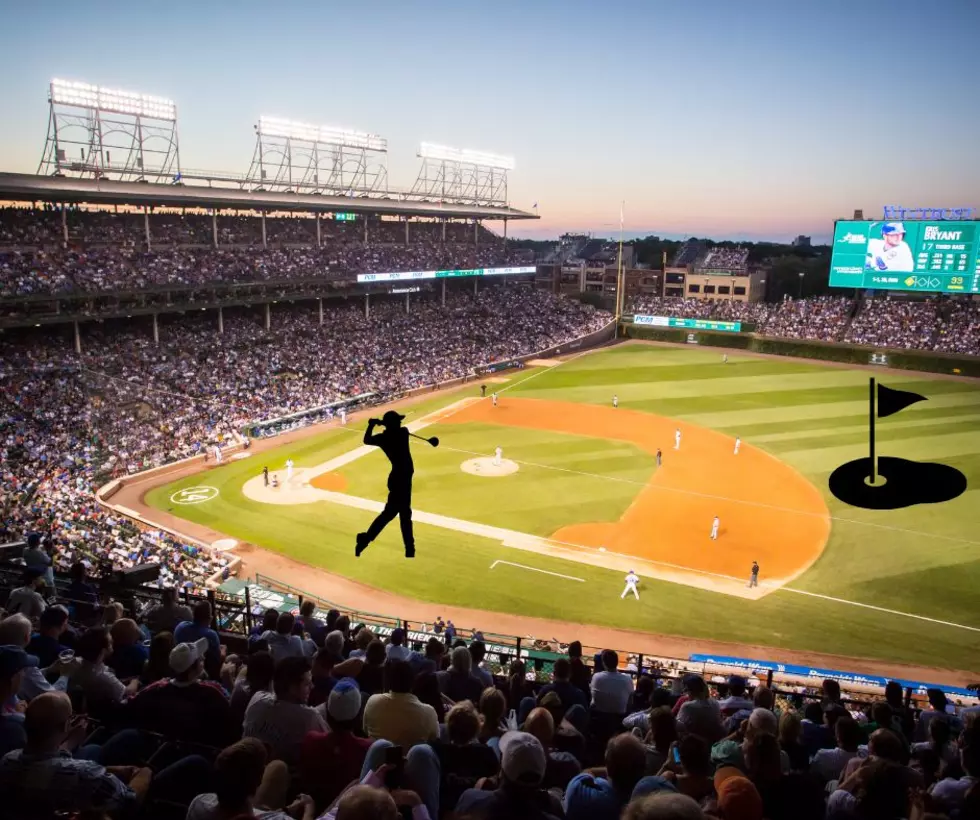
Illinois Skywatchers Can Get A Look At Jupiter This Weekend
Over the next 4 days or so, the planet Jupiter will be at its closest point to Earth since 1963, and it looks like viewing conditions over Northern Illinois will be really first-rate for anyone who wants to take some time and get a good look.
According to the experts at Space.com, Jupiter will be unusually bright and large in the sky, and be in a prime position for skywatchers with binoculars or a small telescope for several days, with Jupiter reaching its closest point to Earth on Monday, September 26th.
Jupiter Has Been Slowly And Steadily Brightening In The Night Skies Over Northern Illinois For Months Now, Leading Up To Its Closest Proximity To Earth In 59 Years
Not being one to keep up with planetary calendars and schedules, I didn't know until this morning that while Earth takes 365 days to complete an orbit of the sun, Jupiter is all about setting its own pace, and takes 12 years (4,333 Earth days) to do it.
And right now is one of the best times ever to get a look at our solar system's largest planet, for several reasons.
On Monday, Jupiter Will Be In What Is Known As "Opposition"
Opposition means that Jupiter will be directly opposite the sun as viewed from Earth, which isn't rare or unusual. NASA says that Jupiter is in opposition to Earth every 13 months, and the next time will be this coming Monday, the 26th.
What makes this whole event better for viewing is that Jupiter will also be at its closest point to Earth on Sunday, the 25th--which is highly unusual, according to Forbes.com:
Another advantage of being at “opposition” is that an outer planet rises in the east at sunset and sets in the west at sunrise. It’s therefore “up” all night. It will be exactly 593.6 million kilometers from Earth at its moment of opposition, which is its closest approach to Earth since 1963 and until 2139, making this the “best” opposition in 166 years.
You'll Need Binoculars Or A Telescope To Get The Full Experience
But, from what I'm reading from different sources is that you might be blown away by what you'll see. You'll not only get a great look at Jupiter, you should be able to see some of Jupiter's 79 moons.
“With good binoculars, the banding (at least the central band) and three or four of the Galilean satellites (moons) should be visible,” said Adam Kobelski, a research astrophysicist at NASA’s Marshall Space Flight Center in Huntsville, Alabama. “It’s important to remember that Galileo observed these moons with 17th century optics. One of the key needs will be a stable mount for whatever system you use.”



